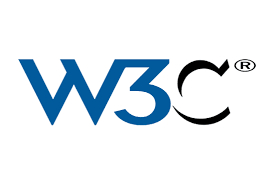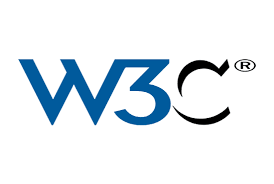PKCS #11 Cryptographic Token Interface Historical Mechanisms Specification Version 2.40
The OASIS PKCS 11 Technical Committee develops enhancements to improve the PKCS #11 standard for ease of use in code libraries, open source applications, wrappers, and enterprise/COTS products: implementation guidelines, usage tutorials, test scenarios and test suites, interoperability testing, coordination of functional testing, development of conformance profiles, and providing reference implementations.











